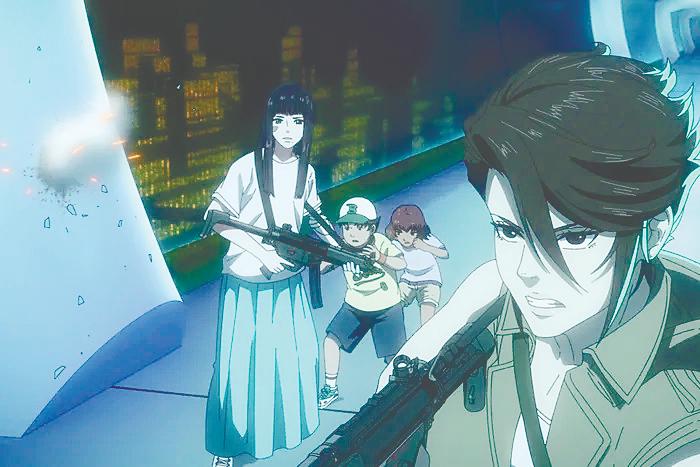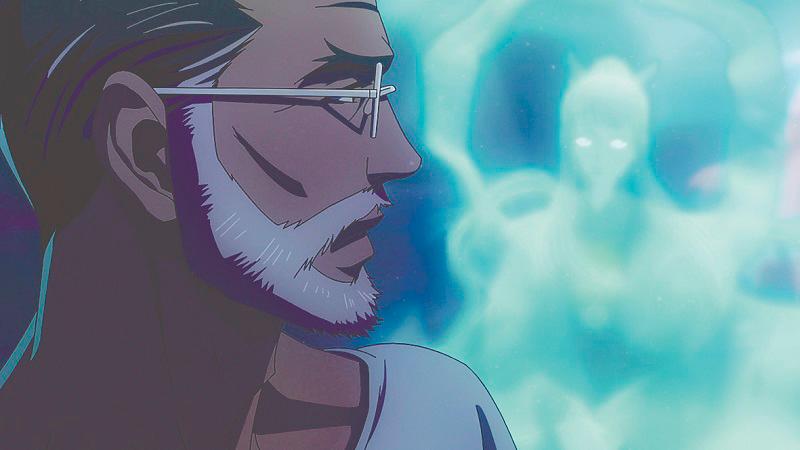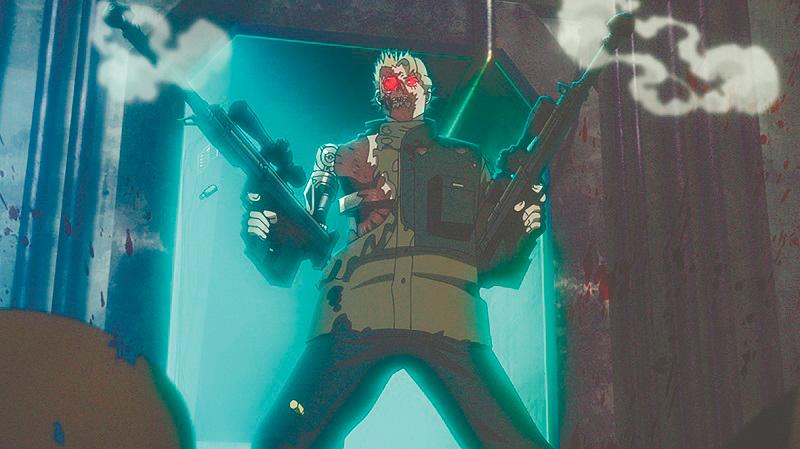THE latest animated series Terminator Zero by Netflix confronts heady themes as it sets itself apart from the Terminator films.
The first two films in the franchise by writer-director James Cameron, The Terminator and Terminator 2: Judgment Day, are timeless action films that pitted humans against the franchise’s ubiquitous Terminators, advanced murder-machines operated by the rogue artificial intelligence called Skynet that is hell-bent on the extinction of the human race.
Much like the films, Zero follows the franchise’s basic template: a Terminator is sent back to the past by Skynet to assassinate a key figure capable of stopping the AI in the future. However, because Zero is serialised, it has more time to flesh out the big ideas that the films could not do due to the standard two-hour film format.
Race against time
Instead of focusing on franchise hero John Connor, Zero is set in 1997 and revolves around Malcolm Lee (Andre Holland/Yuuya Uchida), a scientist in Japan.
Besieged by visions of the future, where Skynet gains sentience and launches nuclear bombs on every country on Earth to kickstart “Judgment Day”, Lee develops Kokoro, an AI he hopes will save humans by thwarting Skynet.
In the future, resistance soldier Eiko (Sonoya Mizuno/Toa Yukinari) is sent back to the past to stop Lee from activating Kokoro. At the same time, Skynet sends a Terminator to assassinate Lee and his young children, deeming the entire family a threat to the robots in the future.

At any cost
Zero is split into two different identities. The first involves the typical cat and mouse game involving Eiko and the Terminator as they seek to complete their respective missions, which showrunner Mattson Tomlin demonstrates through decent action and sometimes great horror sequences.
Another aspect that strengthens the action in Zero is how it is set in Japan. In the films, the setting is America, which grants the heroes and Terminators an arsenal of heavy weaponry due to guns being more available than candy.
The situation in Japan is entirely different as guns are outlawed. The lack of guns gives an added dimension to how Tomlin storyboarded the action, having Eiko and the Terminator resort to a variety of homemade “weapons”.
That said, director Masashi Kudo does not do enough with innovating the action. For example, a great action sequence in Zero involves the Terminator launching an assault on a Japanese police station as the ill-equipped police are brutally massacred by the unstoppable android.
The only reason it was great is due to the sequence being a homage to the exact same sequence in Cameron’s The Terminator.

Stronger half
The other identity to Zero, and arguably its most interesting, involves Lee. A bulk of the scientist’s scenes involve him being locked in the chamber that houses Kokoro as they engage in conversation involving heavy themes on human nature.
Like our real world AI, Kokoro is self-learning and needs convincing on why it should save humans as the extensive data Kokoro has extrapolated shows they are not worth saving and that Skynet’s actions might be valid.
Why should Kokoro stop Skynet from turning the planet into a nuclear hellscape if humans will only continue their history of violence and carnage afterwards?
These conversations are almost never addressed or discussed in the franchise before the series, often briefly mentioned before being thrown aside for some explosions and guns being shot, but it is very welcome in Zero, particularly from the Japanese point-of-view involving nuclear bombs and the human capability for change.
As it stands, Zero is singularly strong due to its philosophical examination of the franchise’s core AI-human friction, but falters in bringing anything new action-wise by cribbing too much from the past films.









